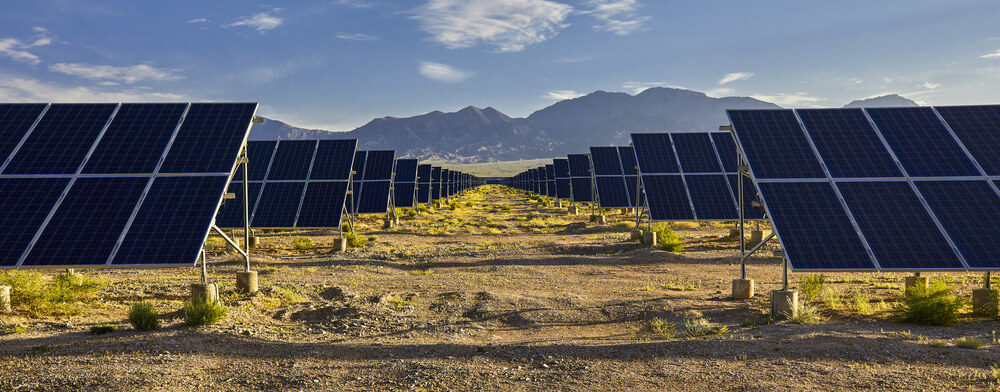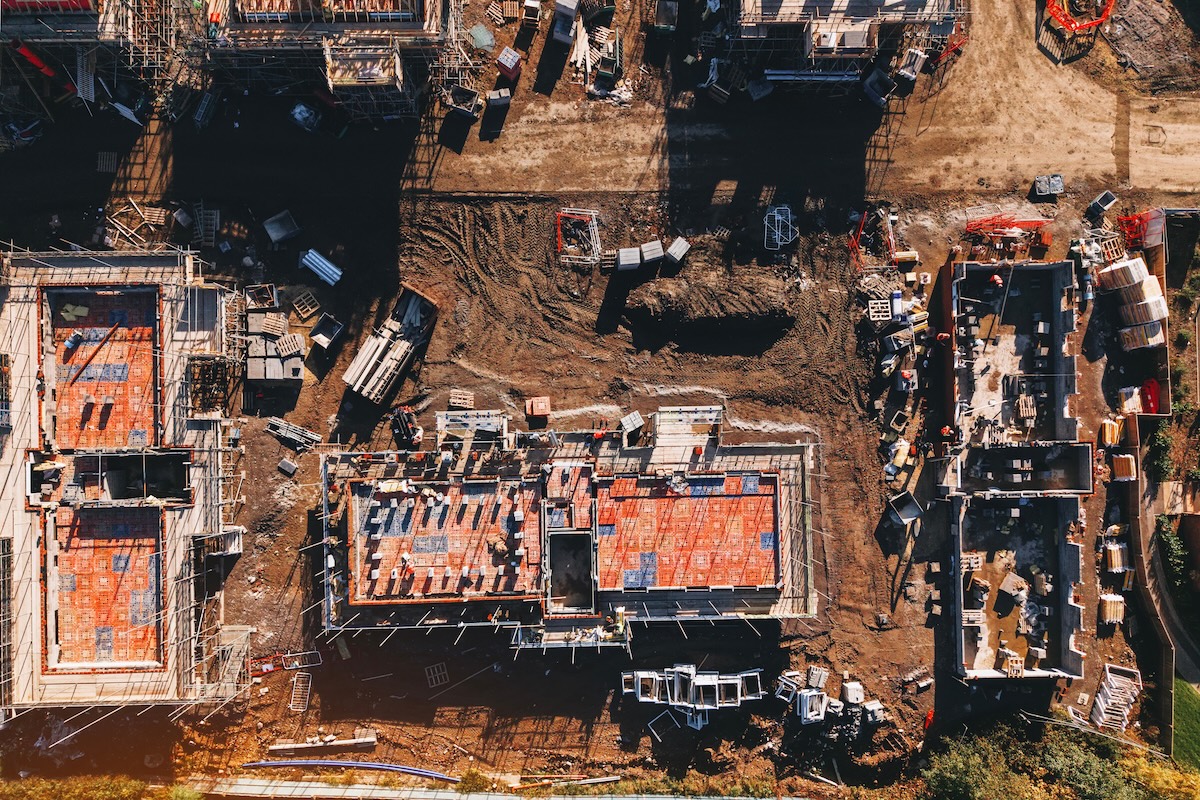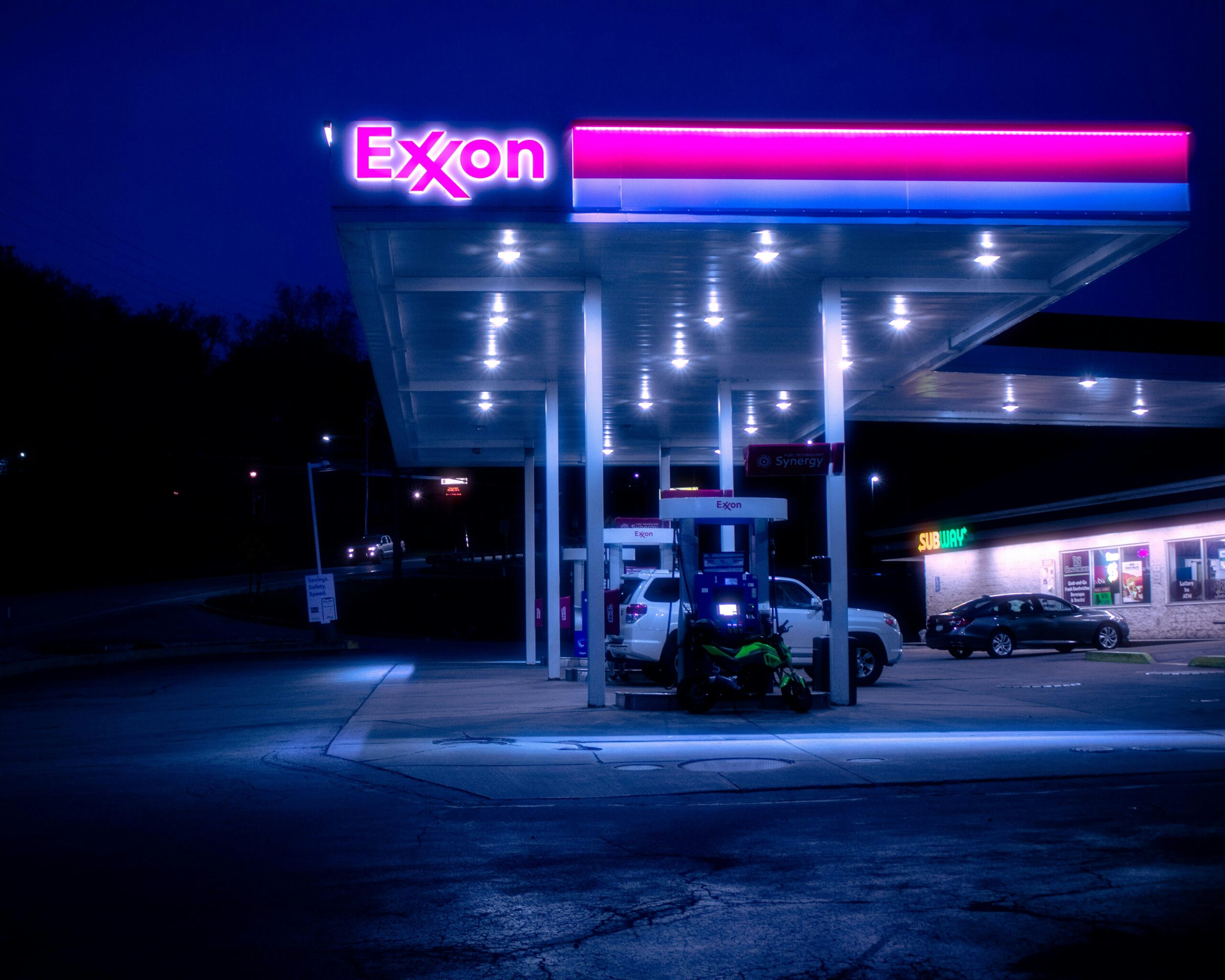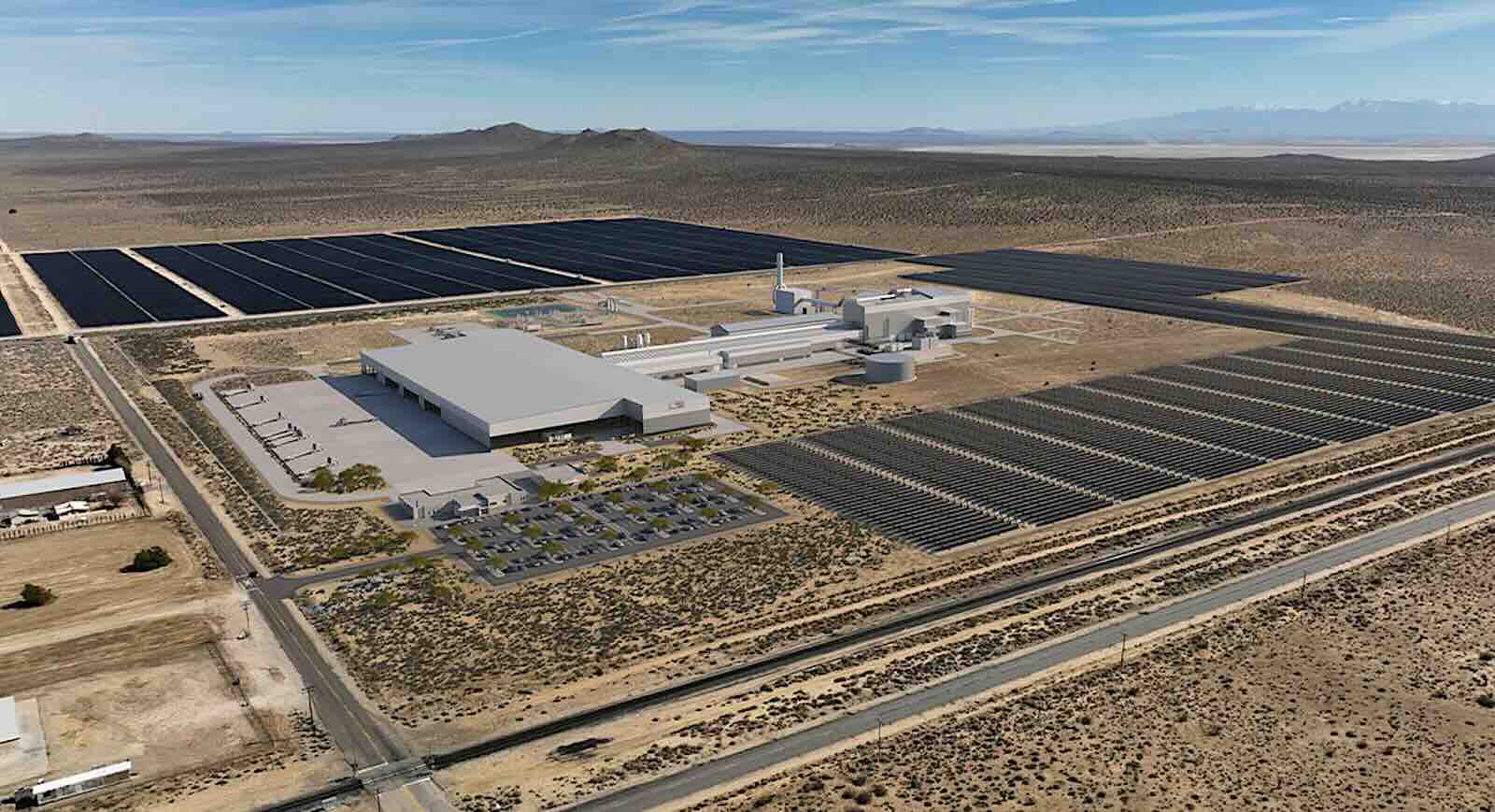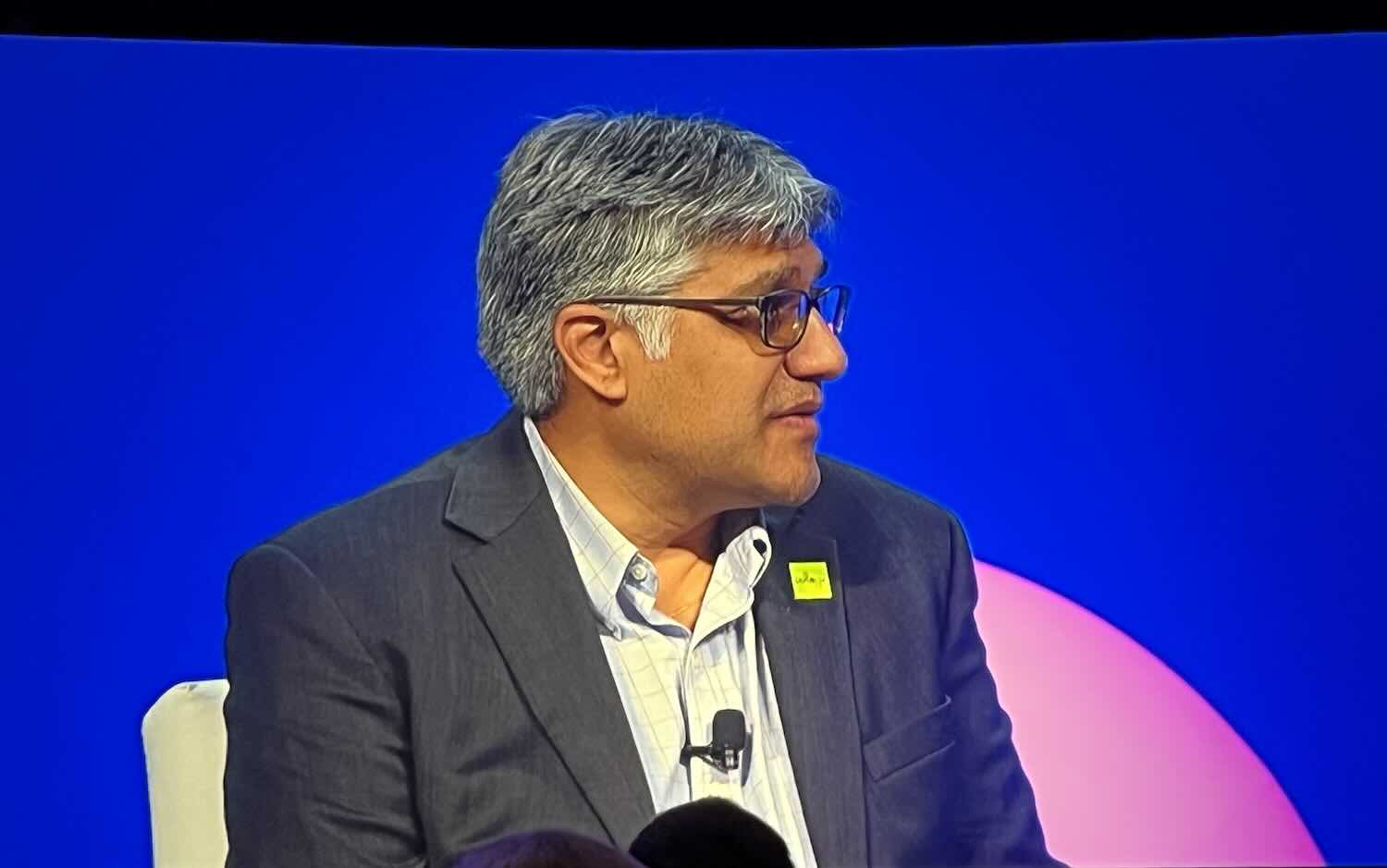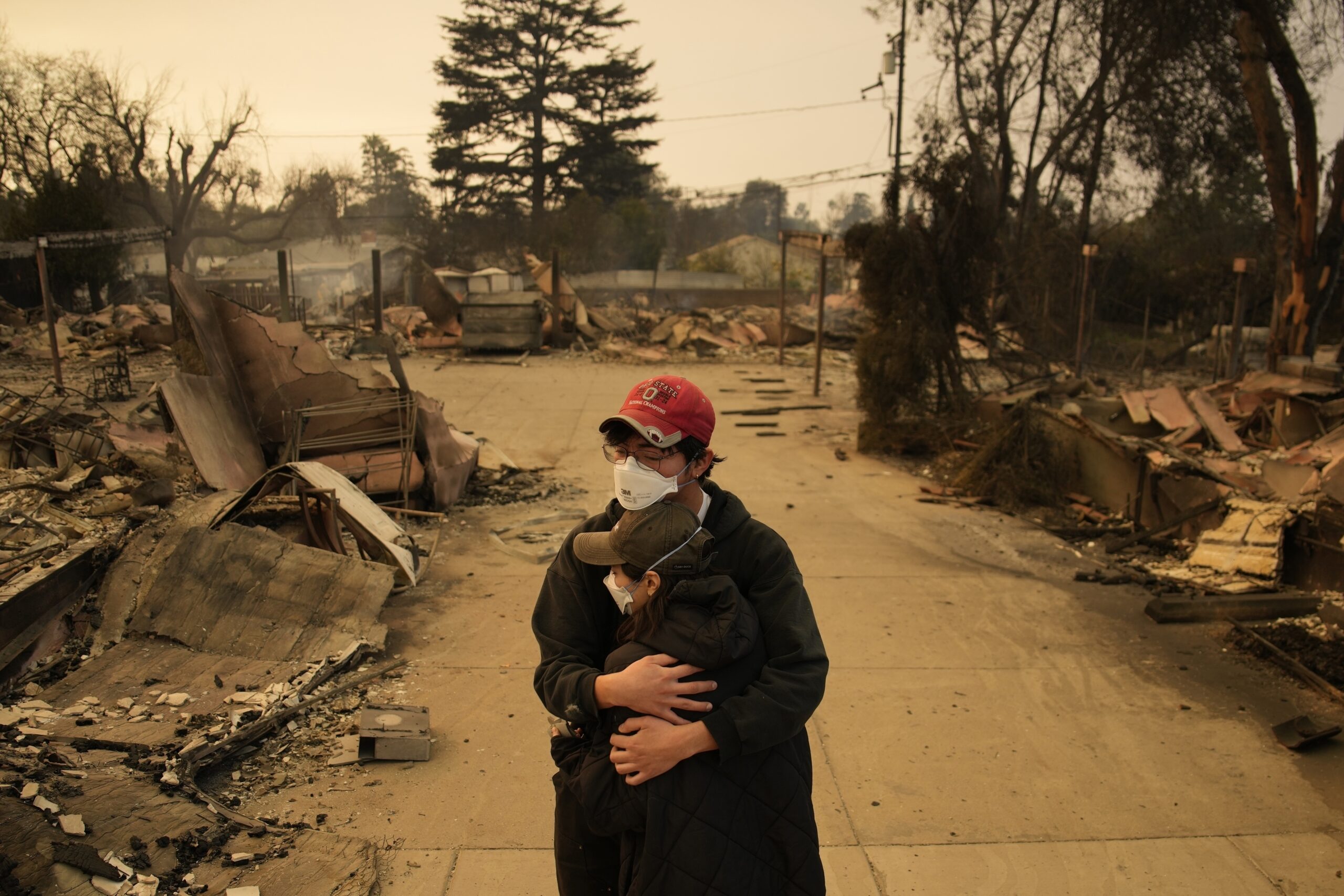Money is not the issue.
Two months after $27 billion started to flow to community lenders through a pillar of the Biden Administration’s landmark climate initiative, the challenge is developing enough projects to upgrade heat pumps, install solar panels, electrify fleets and implement other green solutions.
Such projects typically require an upfront outlay by consumers and municipalities but pay for themselves over time. Financing arrangements to speed their adoption are what the distributors of Greenhouse Gas Reduction funds are looking to fund and secure.
Their make-or-break task: Drumming up demand and capacity in American communities to put the newly available capital to work.
“There’s no effective demand right now,” Michael Swack of the Center on Impact Finance at the University of New Hampshire’s Carsey School of Public Policy tells ImpactAlpha.
Many communities are not yet aware that the clean-energy incentives exist. The rationale for green solutions that require an upfront outlay can be hard to swallow. And once consumers, businesses and municipalities make the decision to upgrade, they must identify suppliers and navigate the various federal and local incentives. Historically, fewer than 1% of US households make an energy improvement in any given year.
“There’s a lot of anxiety over the fact that this ecosystem around clean energy is unbalanced—you often have capital available, but you don’t have consumers and small businesses ready to take up that capital and employ people,” says Arturo Garcia-Costas of The New York Community Trust.
Market building
The GGRF has three interlinked tasks: Persuading people and businesses that they actually want clean-energy upgrades. Creating the technical capacity through experts and training to deliver green solutions—particularly in underserved communities. And mobilizing private capital to amplify the initiative’s impact. The goal is to create a green lending financial infrastructure that can reach deep into overlooked communities and outlast the federal funding long after it’s spent.
A key component of the GGRF is the $6 billion Clean Communities Investment Accelerator, or CCIA, designed to build the skill sets of community lenders who may not be familiar with underwriting solar projects or energy retrofits, or navigating the GGRF’s complex tax credits and incentives.
The CCIA is administered through seven intermediaries, including the Opportunity Finance Network, a nonprofit network of 450 community development financial institutions. Deploying the GGRF funds in conjunction with bread-and-butter CDFI lending, including affordable housing and small business loans, will be front and center at OFN’s annual conference this week in Los Angeles (ImpactAlpha is a media partner).
The market-building efforts rely on technical assistance and fostering trust and engagement with local communities—including those on Tribal lands skeptical of the impact of clean energy developments on ancestral lands.
“We need to begin investing in the capacity of people and organizations working in these places ASAP,” said Chris Caines of Climate United, which is distributing the largest chunk of GGRF financing, or $7 billion.
Creating demand
GGRF awardees serve as a conduit to funnel the dollars to “green banks”—financing entities that leverage public and private capital—along with credit unions, CDFIs and other community lenders. That lending network will, in turn, work with project developers such as solar installers and affordable housing builders.
In addition to the skill-building accelerator, the GGRF’s other pillars are the $14 billion National Clean Investment Fund, or NCIF, to finance clean-energy projects including green affordable housing, energy retrofits, community solar and EV charging infrastructure, and the $7 billion Solar for All program to bring solar energy to 900,000 low-income and disadvantaged households.
The Environmental Protection Agency hopes to attract seven times the fund’s amount in private capital, or $150 billion, for pre-development funding for projects and secondary market financing once projects are off the ground.
Green credit
Marketing and underwriting new green loan products that work for consumers and communities will require “organizations, groups, lenders and technical assistance providers to collaborate on a scale that they simply haven’t done before,” Swack says. “The vast majority of community development lenders in this country have never made clean energy loans.”
The process of bringing together local nonprofits, housing and clean energy developers, green banks and other community lenders to deploy consumer and commercial loans for solar panels, energy-efficient heat pumps, municipal electric vehicle fleets, affordable housing, clean water infrastructure and pollution remediation “is still a little bit chaotic,” he adds.
GGRF recipients are lining up and underwriting deals. They are refining their community engagement roadmaps and staffing up, from rank and file to executive roles. Climate United made the first GGRF loan on Oct. 1, a $32 million loan for a solar project for the University of Arkansas.
“We made the decision after we applied that we were just going to take a risk and get started knowing that there was a lot of infrastructure to build in order to get ready for implementation,” the Climate United’s Beth Bafford told ImpactAlpha last month. The nonprofit coalition of Calvert Impact, Community Preservation Corp. and Self-Help, a North Carolina-based community development lender, aims to fully deploy its award within five years —two years ahead of schedule.
OFN, which was awarded $2.3 billion in CCIA funds, earlier this month launched a pilot round of capitalization and technical assistance applications for a limited cohort of its CDFI members. It will expand its program and application process for lenders in early 2025.
More solutions
Fund recipients are hosting remote and in-person “boot camps” to train lenders on underwriting consumer and commercial loans for clean energy and affordable housing. Program details and application processes are still being finalized. Lenders must understand federal requirements such as prevailing wage rules that apply to public works projects, and requirements to use US-made iron, steel, manufactured products and construction materials (See, “Dueling priorities as green infrastructure projects meet prevailing wage requirements”).
Fund wardees are querying their project partners to identify the census tracts most appropriate for green upgrades. That data is publicly available through the Climate and Economic Justice Screening Tool from the White House’s Council on Environmental Quality.
To streamline green lending for multi-family housing and community buildings, project management software creator Banyan Infrastructure has teamed up with SURE, a joint venture between Inclusive Prosperity Capital and the Housing Partnership Network. The partnership is providing “the tools and frameworks that community lenders need to bridge the gap between affordable housing and clean energy finance,” said IPC’s James McIntyre.
Getting to shovel-ready
Too few projects are ready to fly out of the gate. That’s because the process of building trust with communities for clean energy upgrades, landing their buy-in and securing zoning permits can take years.
Most green projects won’t break ground until at least the first quarter of next year, if then, says Madeline Fraser Cook of the Local Initiatives Support Corporation, a CDFI that’s part of the Power Forward Communities coalition. The EPA gave NCIF recipients seven years to make their awarded dollars work.
“Right now, it’s a lot of the table setting for how it’s all going to come together,” says Amy Freitag of The New York Community Trust, which made prior grants to GGRF entities including credit union network Inclusiv and the Coalition for Green Capital.
GGRF recipients are also racing to line up philanthropic “pre-development” capital that lenders can use to supplement market-building budgets and help get projects investment-ready. Only 10% of GGRF funds can be used to cover costs for operations, training and technical assistance. (See, “Lenders face a steep learning curve in deploying capital for green community infrastructure”).
Spirit of the GGRF
One mounting concern is how to make good on the Biden administration’s Justice 40 pledge to put at least 40% of the benefits from GGRF dollars and other clean energy and social incentives in the $400 billion-plus Inflation Reduction Act, or IRA, to work in historically marginalized communities. The worry is that too many dollars could, at least for now, be chasing too few projects.
“We don’t want to just be picking projects that are low hanging fruit,” says Freitag.
Many fund recipients may look to maximize their chances for success by replicating or building on green projects they oversaw in prior years, in places or sectors without the same capacity-building hurdles. But they also want to get GGRF-funded projects up and running in rural or marginalized communities with zero clean energy experience and awareness.
“You’re going to almost by design overlook households that have some sort of issue that would keep them from accessing resources, like a mold condition, and that is just not keeping in the spirit of the entire GGRF,” Garcia-Costas said.
Without market demand to meet the new funding, Costas-Garcia added, “you’re going to have a lot of the GGRF awardees scrambling for the small percentage of projects” ready to access the resources.
‘Customer service’
Focusing on people, not jargon, is emerging as the path to sell the biggest climate initiative in US history.
GGRF stakeholders need to “get laser-focused on two words: customer service,” argue Carsey’s Eric Hangen and Jessica Luk-Li of Climate Impact Advisors in a Sept. 24 paper. That means “high quality, unbiased assistance through trusted community-based advisors to build awareness and understanding of clean energy and to help customers at every stage of their clean energy project.”
Awardees are well aware that if executed well thanks to proper groundwork early on, the GGRF could jumpstart the shift to a green economy and pave the way for continued adoption of clean technologies.
With an election looming, it’s up to the market to demand that it succeed.
“This is an unprecedented moment for our industry, but more broadly for our nation,” OFN’s Harold Pettigrew told ImpactAlpha earlier this year.




